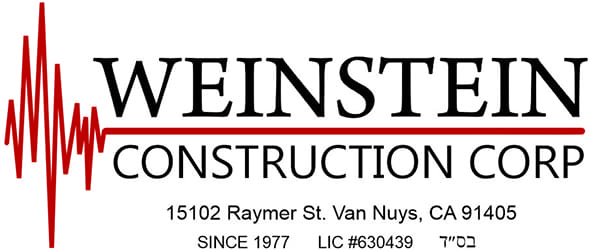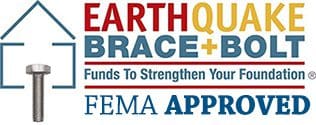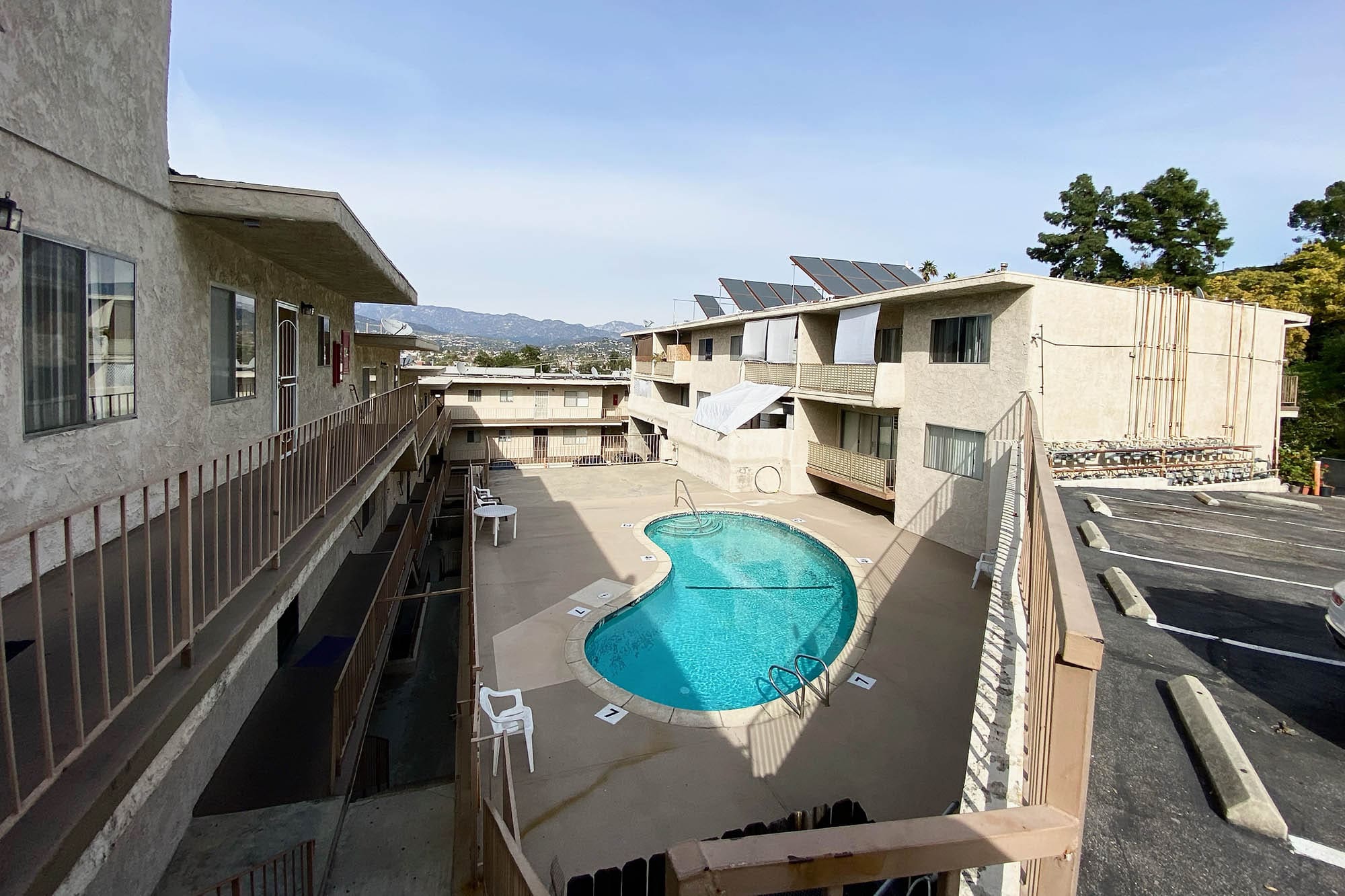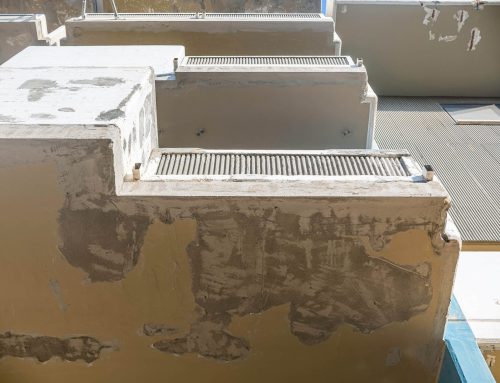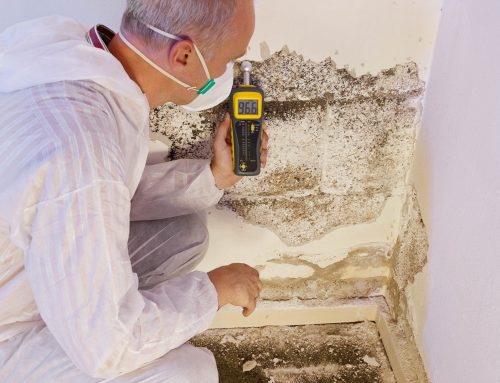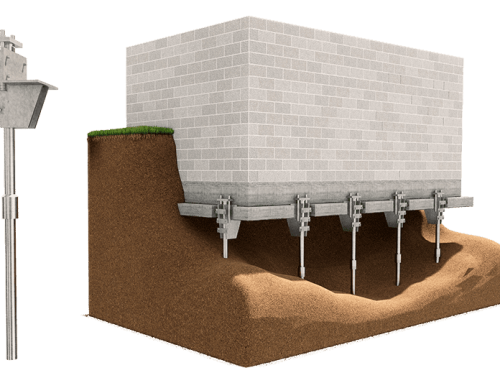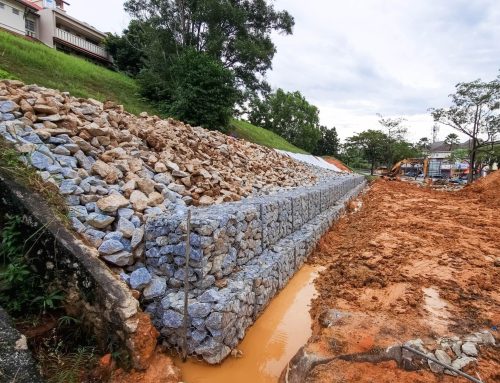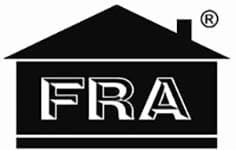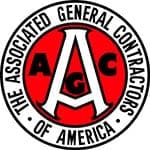Balconies are an important feature in many residential and commercial apartment buildings in the City of Los Angeles, providing helpful outdoor space and views of the surrounding neighborhood. However, such balconies can also pose a safety risk if they are not properly maintained and inspected. In recent years, several high-profile balcony collapses have emphasized the need for increased attention to balcony safety.
An apartment building’s tragic loss
In the early morning hours on June 16, 2015, an apartment building’s 4th floor balcony, heavy with young men and women, collapsed in Berkeley, California. The result was the death of six youngsters and severe injuries to seven others, all of whom were attending a birthday party at the apartment. The wood balcony, which was affixed to the building along its side, detached and fell 40 feet to the ground. The cause of the collapse was determined to be dry rot, which had weakened the wood support beams and caused the balcony to fail.
The collapse of this balcony shocked the country and raised concerns about the safety of other balconies and exterior elevated elements (“EEE”) in the State of California, especially those in older buildings that may not have been inspected to ensure their safety.
In the aftermath of this tragedy, California legislators passed new balcony laws and regulations to improve the safety of balconies and other EEE in multi-unit condo and apartment buildings. These laws, specifically Senate Bills 721 and 326, include mandatory inspections and maintenance requirements, all aimed at ensuring that balconies and other EEE are safe and sound.
Steps that homeowners and condo property managers can take to ensure the safety of balconies
There are a number of key steps that homeowners and property managers can take to ensure the safety of balconies and other EEE at their properties.
Step No. 1: Proper Design and Construction
Designers of residential apartment buildings and condominiums must follow local and state building codes and regulations in designing and constructing balconies and other EEE, to ensure that they are safe for their inhabitants. For example, building codes mandate a balcony’s minimum “live load capacity” and require that the balcony is attached to the building securely and in a way that resists both vertical and lateral loads. Furthermore, each balcony must be also be designed and constructed such that it is properly flashed and sealed to prevent water intrusion, which can deteriorate its building materials over time.
Step No. 2: Use of Quality Materials
The quality of building materials used in the construction of balconies or other EEE can also have a significant impact on their safety. Homeowners and property managers should ensure that the materials used in the construction of their balconies and EEE are of high quality and appropriate for the specific conditions of each property (for example, balconies in buildings along the coast may be more susceptible to corrosion due to exposure to saltwater, so their construction materials must resistant to corrosion).
Step No. 3: Proper Maintenance
Property owners and managers must plan for and conduct regular maintenance on balconies and other EEE, following the manufacturer’s recommendations for cleaning and sealing balcony surfaces, and ensuring that drainage systems are working properly to prevent damaging water intrusion. Likewise, maintenance personnel must ensure that balcony gutters and downspouts are regularly cleaned and cleared of debris.
Step No. 4: Proper Use
Homeowners and property managers must insist on the proper use of balconies and other EEE in order to ensure their safety. For example, balconies should not be overloaded with heavy furniture, any weight on balconies must be evenly distributed, and each balcony’s maximum weight capacity should not be exceeded. As balconies and other EEE are used and enjoyed, an eye must be kept on them to note any signs of water damage, for example staining, cracking, rusting, or discoloration of building materials, and the property’s maintenance crew should be informed promptly of any observed damage.
Step No. 5: Regular Inspections
Regular balcony and EEE inspections are not just required by law, they are also the first line of defense against a disastrous outcome. Homeowners and property managers should have their balconies inspected as per the legislative requirements for each type of building, and such an inspection must be made by a qualified inspector who can identify any signs of damage or deterioration. During an inspection, the inspector will check the attachment points of each balcony to the building, look for signs of rot or decay in wood features (or rust / corrosion in metal features), and also inspect for cracking or other damage in concrete areas. Any damage identified during an inspection should be addressed to prevent further deterioration and ensure the safety of the balcony and/or EEE inhabitants.
Finally, for those homeowners and property managers who are wondering how much does a balcony inspection or balcony repair cost, Weinstein Construction’s blog writers have already addressed this question in a previous balcony inspection cost blog.
Weinstein Construction’s Balcony Law specialists can help you with all your balcony inspection needs, and we will do it at a fair and reasonable cost! If you need a balcony inspection or balcony repair, give us a call now to discuss how we can assist you further. We are standing by at (800) 862-6582!
